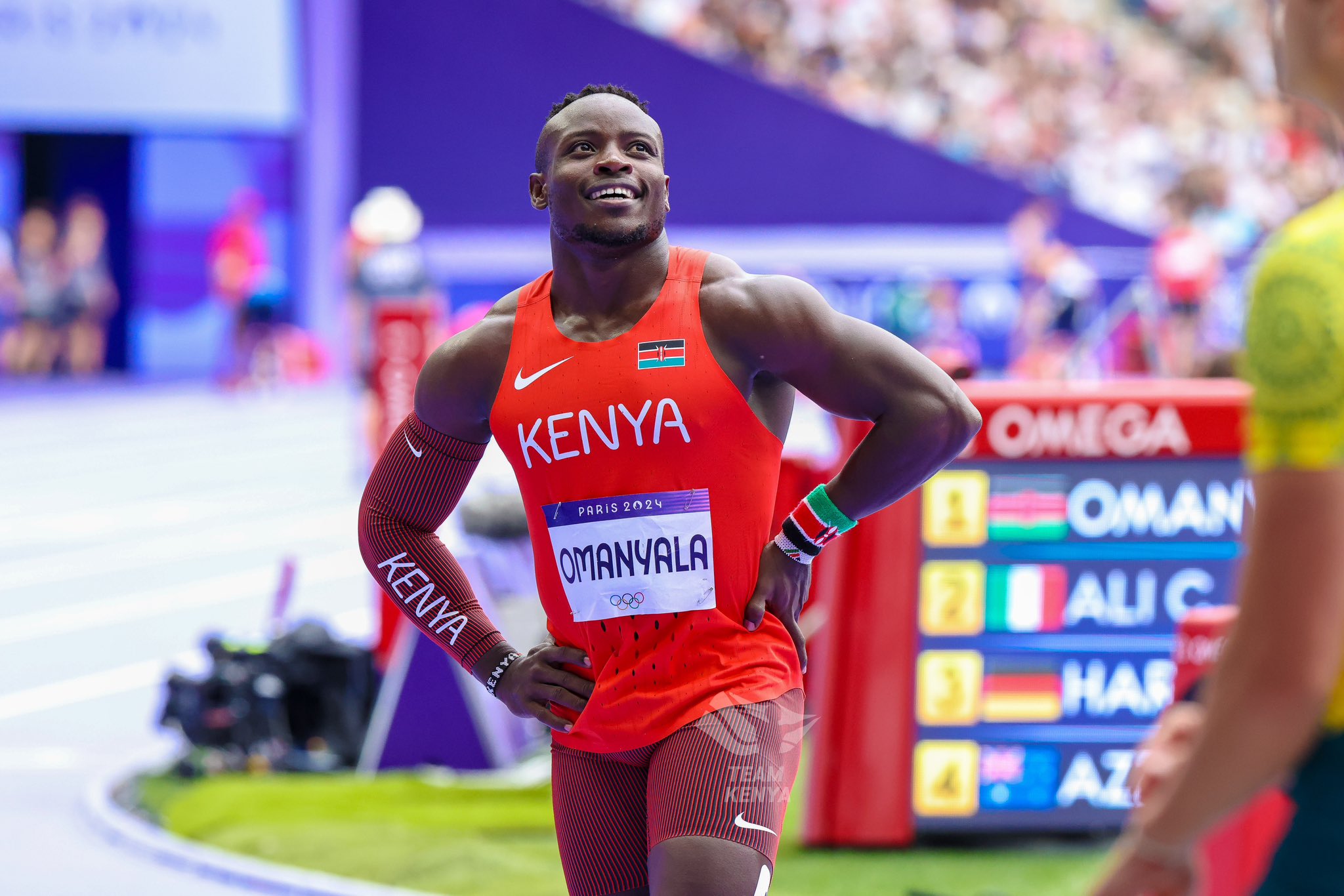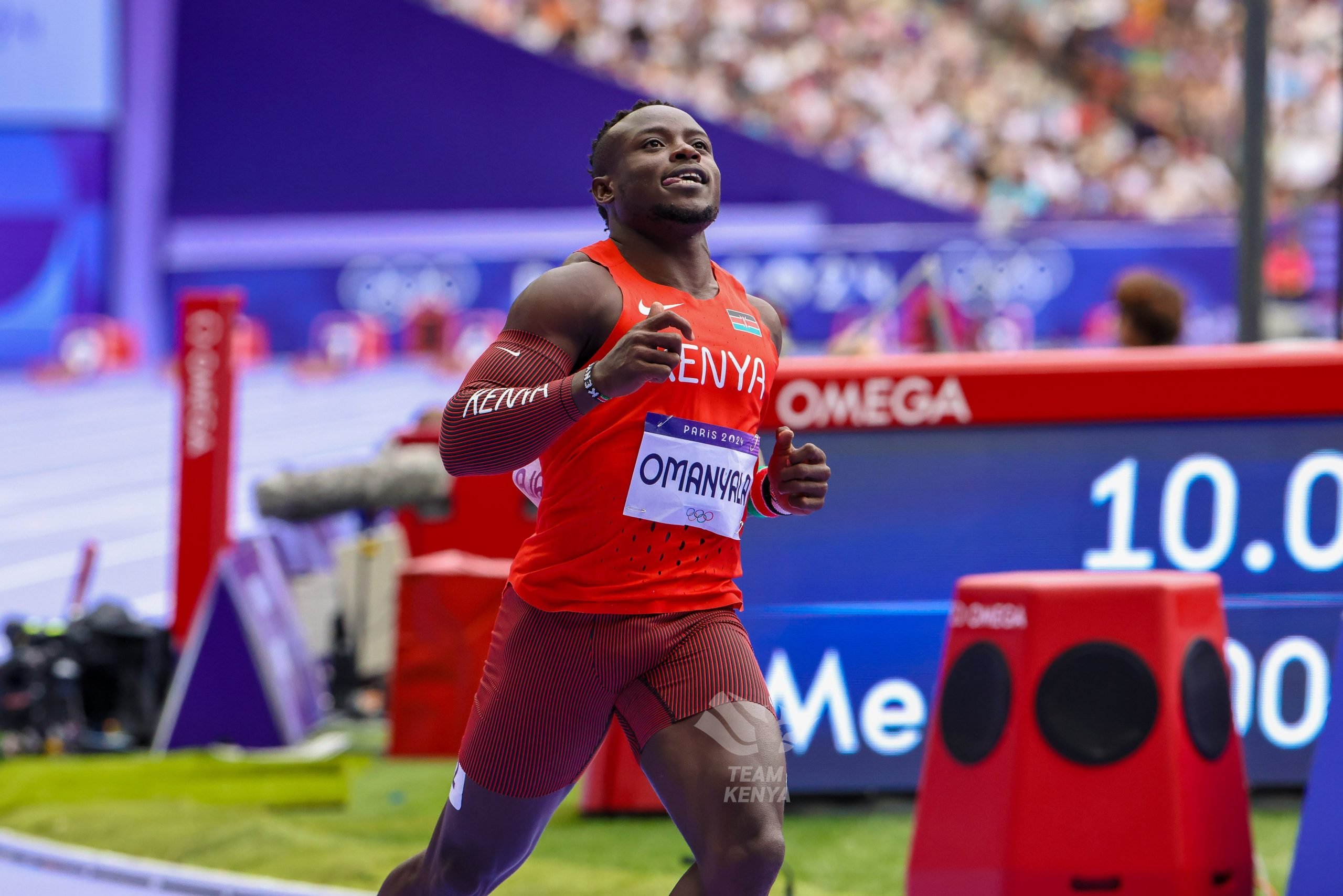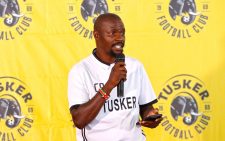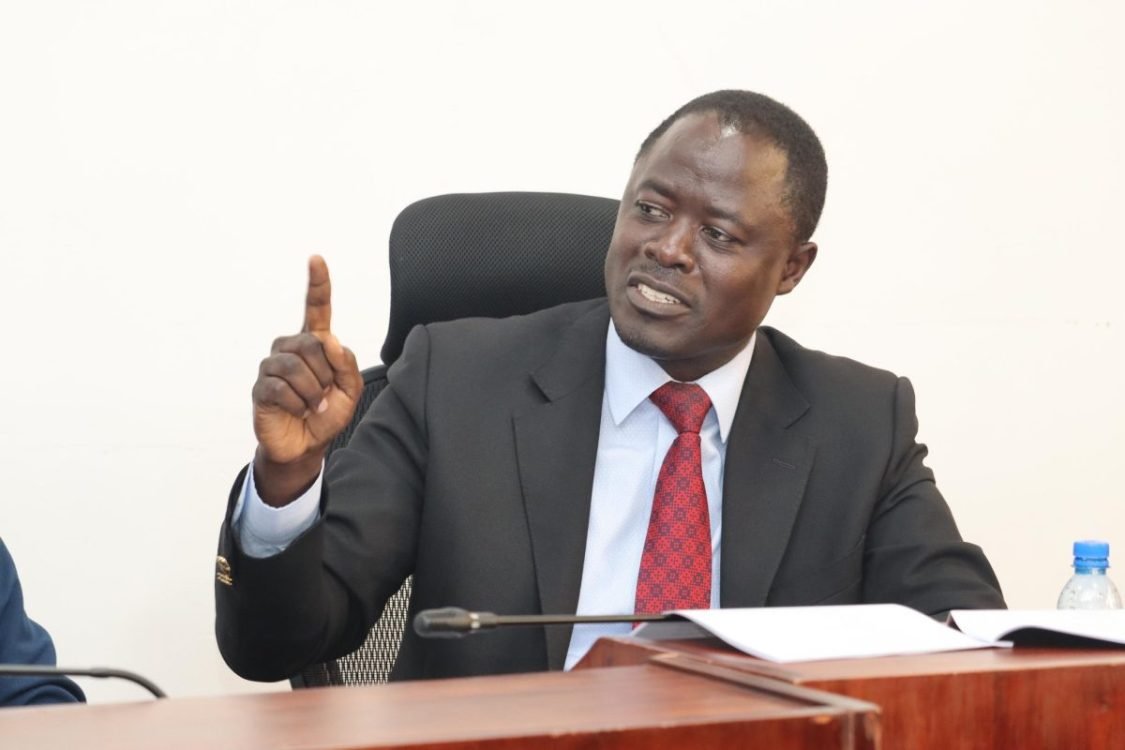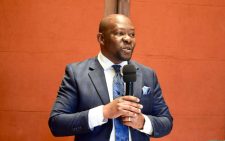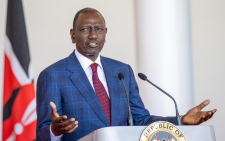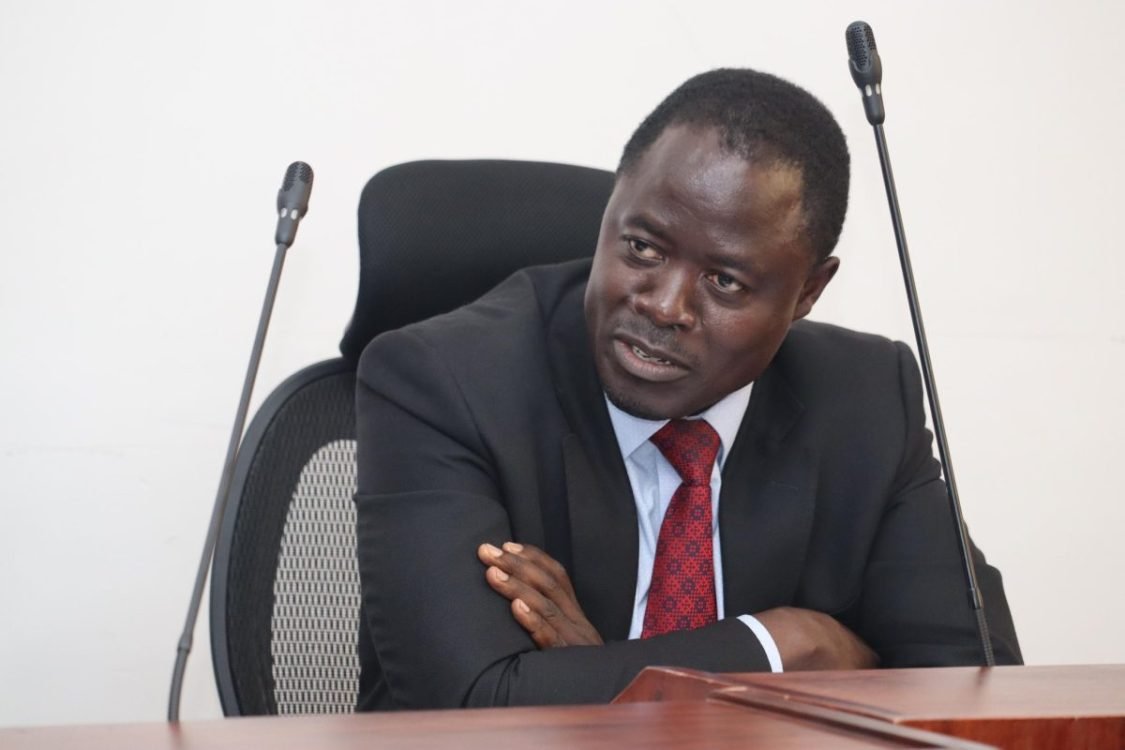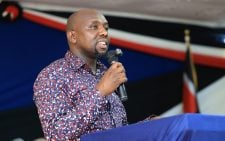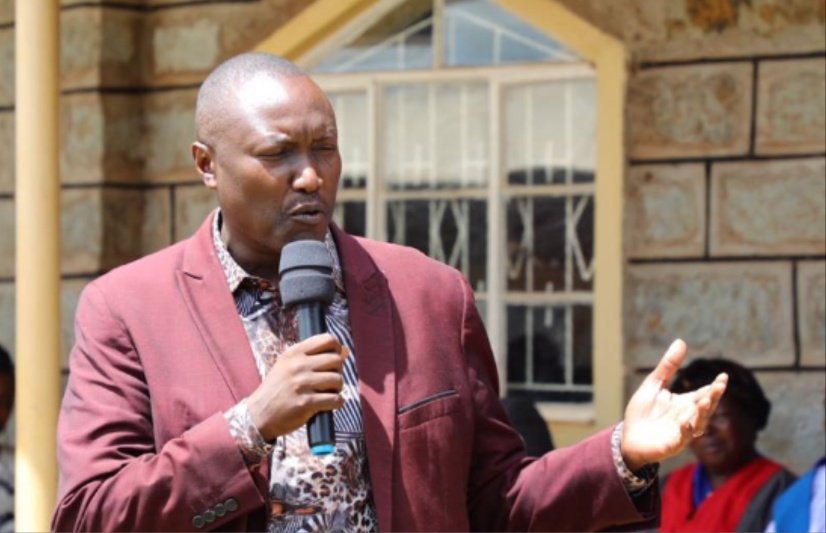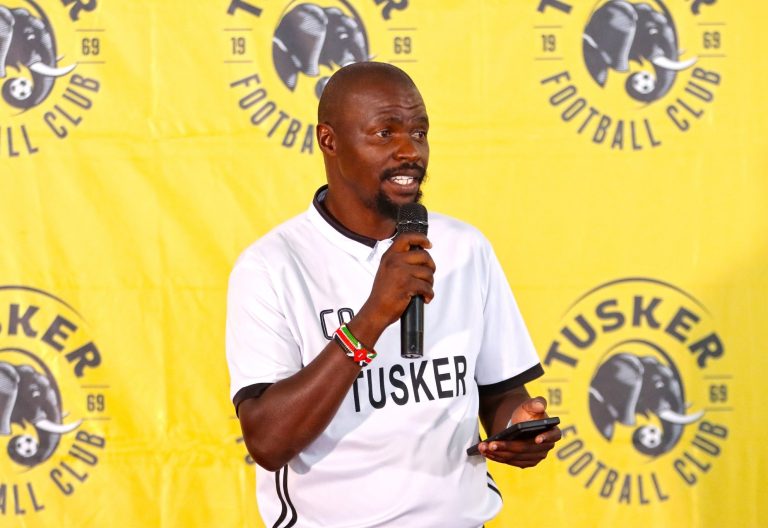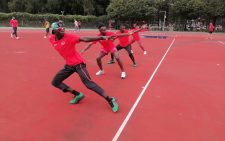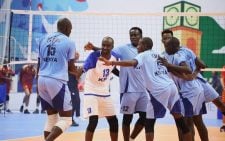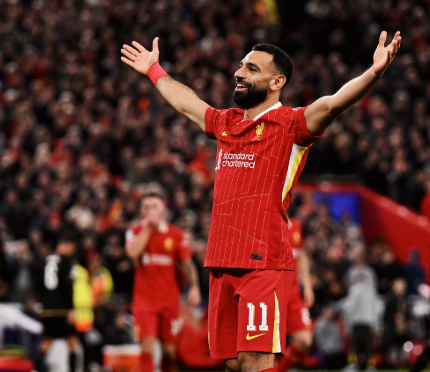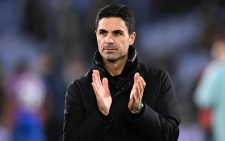It’s an expensive venture to train, states Omanyala
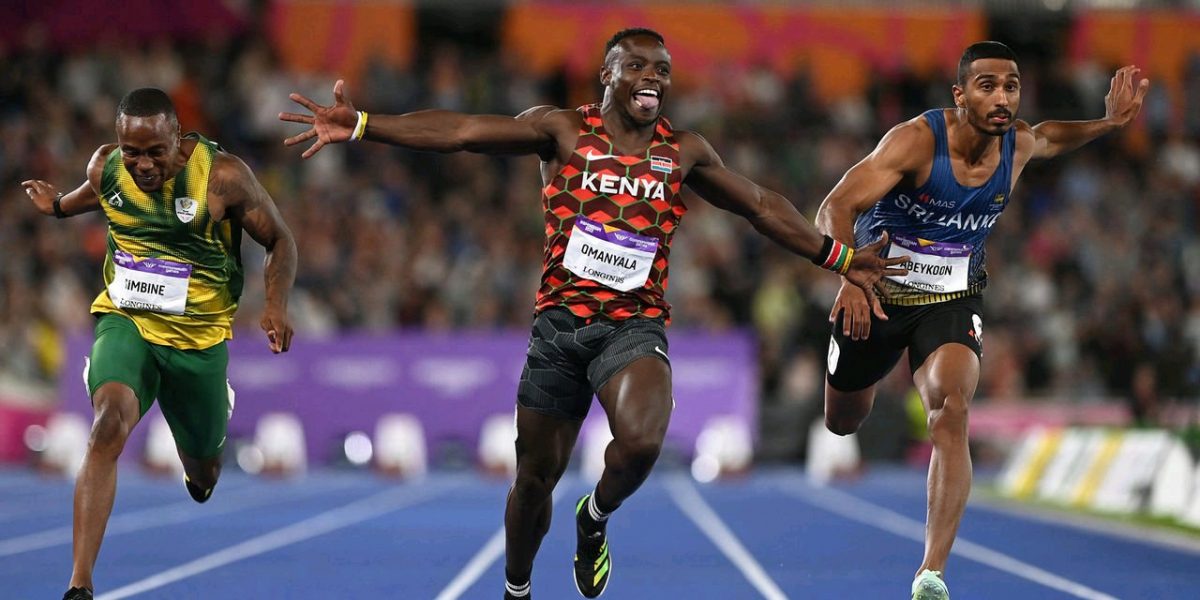
Commonwealth Games 100m champion Ferdinand Omurwa Omanyala says it is an expensive venture for a sprinter to train without financial support in Kenya
Omanyala disclosed that he spends Sh30,000 every week for his training.
He was speaking when the National Olympics Committee of Kenya (NOC-K) gave a cheque to the selected seven athletes for scholarships to help them prepare ahead for the 2024 Olympic Games in France.
“Training on your own is very expensive, a sprinter has to go for three physiotherapy sessions per week at sh 2,500 per session as well as gym workout three times a week at Ksh 500 per session,” added Africa’s 100m champion.
Good diet
He said that a sprinter should also have the right diet to be able to perform well.
“I need to have a good diet thus I consult a nutritionist. You will find that I am spending at least Sh30,000 a week, a huge amount if I have to train for a year,” said Omanyala.
At the same time athletes have called on the national and county government to allow sportsmen and women to access sporting facilities.
Omanyala said that he has to pay for stadium access from Monday to Saturday at Sh200 per session.
However, Omanyala noted that the NOC-K scholarships will help ease this mental anguish, adding that this should be advanced to the other upcoming and talented sportsmen.
Omanyala said the sponsorship will come in handy as he prepares for next year’s World Championships and the 2024 Olympic Games.
“This is a perfect gift for us as we head for the Olympic Games. My target is to win the 100m title at the Olympic Games and this support comes in handy,” he said.
“I am urging the county governments to reduce the prices or even make entry to the various facilities free. Let people come and train for free alongside the big stars,” he said.
The African 100m champion was among the seven beneficiaries of the NOC-K sponsorships alongside Commonwealth Games 5,000m champion Beatrice Chebet, the 5,000m silver medallist Nicholas Kimeli, the 5,000m bronze medallist Jacob Krop and Africa Games 5,000m champion Margaret Chelimo.
NOC-K secretary general Francis Mutuku said the seven athletes will get Sh100, 000 per month.
“The first disbursement has already been done for the next three months and they will be getting such amounts from today to July 2024, a month before the Olympic Games. As long as they are on the path to the Olympics, their money will be there,” said Mutuku.
He also added that they have unveiled a financial expert to guide them since they will be giving financial reports.
“We have also brought in financial experts to help these athletes on how to spend their money. They must give us a report every month on the expenditure. Preparation is very important. Some of us expect medals and good performance but the journey starts with training well,” he said.
Part of Omanyala training sessions include morning session in the gym then train on the track till lunchtime. In the afternoon, he will go back to the gym, and follow it up with another track session.
Essential supplement
Strength training is an essential supplement to a sprinter’s roadwork because it strengthens muscles and joints, which can improve race times and decrease injury risk.
In another day he does 250-meter hill runs 18 times in the morning, then he will perfect his mobility in the afternoons.
Hill running is the most specific form of strength training that a runner can do. We can do squats, lunges, and hamstring curls until our muscles sear but nothing compares exactly to running.When you run up a hill there is an increased resistance and thereby an increase in specific running strength.
The explosive reaction caused by the lifting of the hips, glutes and quads up the hill utilizes the same principal mechanics behind doing plyometrics.
He also perform core work-outs that involve strength training. Training the core is an important element in strength training when the required outcome is increased speed.
The main role of the core while sprinting is to transfer force from the lower extremities upon ground contact to the centre of mass.
This force is what gives off a “bouncing effect” or feeling of flight during maximum velocity sprinting. Athletes who have strong cores can react quicker, have more control over their center of gravity, and generate more power out of the blocks.
